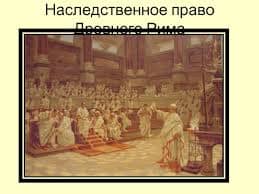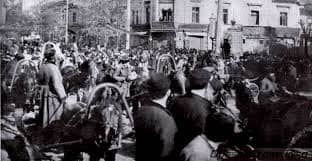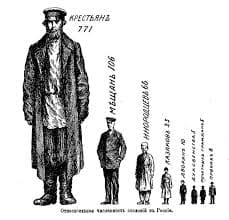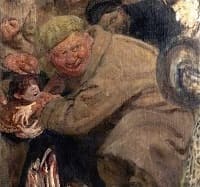As early as 1822 Michael Faraday outlined the way in which an electric motor could work: by placing a coil, or armature, between the poles of an electromagnet; when a current is made to flow through the coil the electromagnetic force causes it to rotate.
In 1823 Faraday discovered how to make an electrical motor. In 1831 he built the first generator, then called it dynamo. The modern car has both a starting motor and a generator. The starting motor draws electric current from the car battery to start the powerful gasoline engine. The generator is driven by the gasoline engine to recharge the battery and to furnish electrical power for all the electrical conveniences in the car.
The Russian physicist, Jacobi built several electric motors during the middle decades of the XlX-th century. Jacobi even succeeded in running a small, battery-powered electric boat on the Neva river in St.Petersburg. All of them, however, came to the conclusion that the electric motor was a rather uneconomical machine so long as galvanic batteries were the only source of electricity. It did not occur to them that motors and generators could be made interchangeable.
In 1888, Professor Galileo Ferraris in Turin and Nikola Tesla in America invented, independently and without knowing of each other's work, the induction motor. This machine, a most important but little recognized technical achievement, provides no less than two-thirds of all the motive power for the factories of the world, and much of modern industry could not do without it. Known under the name of "squirrel- cage " — because it resembles the wire cage in which squirrels used to be kept—it has two circular rings made of copper or aluminium joined by a few dozen parallel bars of the same material, thus forming a cylindrical cage.
Although the induction motor has been improved a great deal and its power increased many times ever since its invention, there has never been any change of the underlying principle. One of its drawbacks was that its speed was constant and unchangeable. Some years later a two- speed induction motor was developed. The speed change was achieved.
Text 4. FOSSIL FUELS
Coal, Oil and Gas are called "fossil fuels" because they have been formed from the fossilized remains of prehistoric plants and animals. They provide around 66% of the world's electrical power, and 95% of the world's total energy demands (including heating, transport, electricity generation and other uses).
Coal is crushed to a fine dust and burnt Oil and gas can be burnt directly Coal provides around 28% of our energy, and oil provides 40%.
Natural gas provides around 20% of the world's consumption of energy, and as well as being burnt in power stations, is used by many people to heat their homes. It is easy to transport along pipes, and gas power stations produce comparatively little pollution.
Other fossil fuels are being investigated, such as bituminous sands and oil shale. The difficulty is that they need expensive processing before we can use them.
The steam that has passed through the power station's turbines has to be cooled, to condense it back into water before it can be pumped round again. This is what happens in the huge "cooling towers" seen at power stations.
Some power stations are built on the coast, so they can use sea water to cool the steam instead. However, this warms the sea and can affect the environment, although the fish seem to like it.
Advantages of fossil fuels are:
1. Very large amounts of electricity can be generated in one place using coal, fairly cheaply. 2.Transporting oil and gas to the power stations is easy.3.Gas-fired power stations are very efficient. 4. A fossil- fuelled power station can be built almost anywhere, so long as you can get large quantities of fuel to it.
Disadvantages of fossil fuels are:
1. Basically, the main drawback of fossil fuels is pollution. Burning any fossil fuel produces carbon dioxide, which contributes to the "greenhouse effect", warming the Earth. 2. Burning coal produces more carbon dioxide than burning oil or gas it also produces sulphur dioxide, a gas that contributes to acid rain. We can reduce this before releasing the waste gases into the atmosphere. 3.Mining coal can be difficult and dangerous. Strip mining destroys large areas of the landscape. 4.Coal- fired power stations need huge amounts of fuel, which means train-loads of coal almost constantly. In order to cope with changing demands for power, the station needs reserves. This means covering a large area of countryside next to the power station with piles of coal. Fossil fuels are not a renewable energy resource. Once we've burned them all, there isn't any more, and our consumption of fossil fuels has nearly doubled every 20 years since 1900. This is a particular problem for oil, because we also use it to make plastics and many other products.
 2017-11-01
2017-11-01 1667
1667








